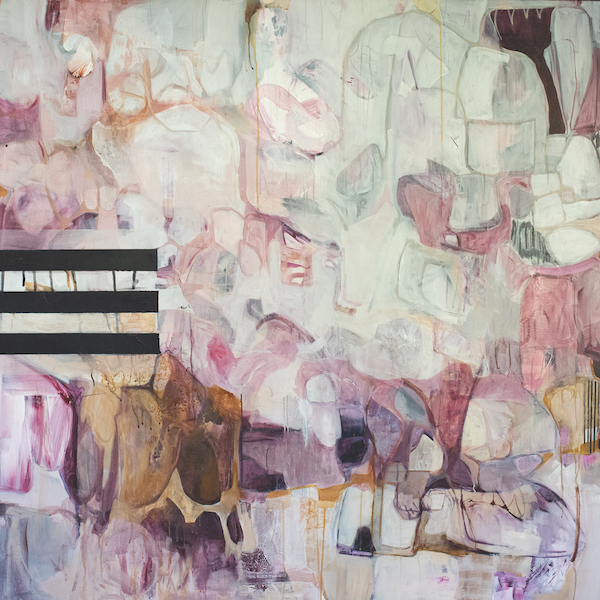While good food is visually appealing, the most essential appeal of a great meal is its taste – sweetness, saltiness, intoxicating umami flavours. But how can one transpose a sensory experience such as this onto canvas? New Zealand-based artist Nicola Bennett has spent 15 years composing a complex visual vocabulary to successfully elucidate a vast array of tastes and flavours. Much like following a recipe, Bennett transforms raw materials into something magical, binding and combining textures and colour palettes to reflect the sensory experience of eating. Using abstraction, the artist allows the paint to speak for itself. Planes of colour bump and mix as flavours comingle, while rough textures and smooth lines viscerally evoke the physical qualities of the dish. The works are a gastronomic adventure, translating anything from exotic ingredients like black garlic and saffron to ordinary pleasures such as marmalade on toast. Often she collaborates with chefs, such as Nelly Robinson, to create menus to be eaten alongside her works. “I love it when people have a sensory response to my work, and start to see colour in terms of flavour,” says Bennett. At its heart, her work seeks to aid the viewer to see art as the artist does: “My mouth literally waters when I get up close to a painting I love! Paint evokes a sensory response from me – just like food.”
Featured image: Nicola Bennett, Unsung Hero, 2022. Oil and mixed media framed in American ash, 150 x 150cm.

